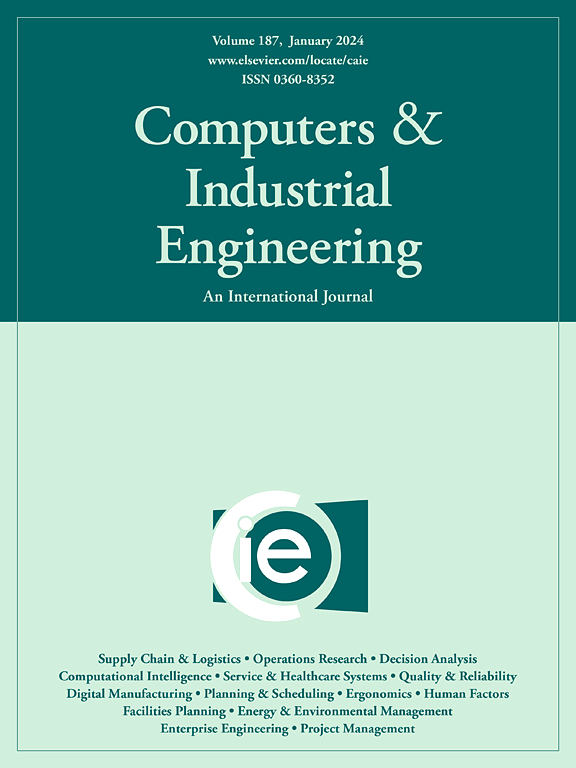解读城市脉搏:利用XAI探索地铁客流的自然特征
IF 6.7
1区 工程技术
Q1 COMPUTER SCIENCE, INTERDISCIPLINARY APPLICATIONS
引用次数: 0
摘要
城市地铁系统是现代公共交通的组成部分,因此了解影响客流的因素对于有效的系统规划和运营至关重要。目前的特征重要性评估方法往往缺乏精度,这给准确分析影响因素带来了挑战。可解释人工智能(XAI)的最新进展为增强特征可解释性和完善地铁客流的自然特征分析框架提供了机会。本研究讨论了三种XAI方法,即LOFO、Fast-LOFO和SHAP,用于系统地评估地铁系统特征重要性。利用苏州地铁智能卡记录,构建了自然特征的分层标注系统。每个XAI方法都应用于评估关键因素(如旅行时间、工作日状态和兴趣点)的特征重要性,从而对其对客流的影响进行比较分析。我们的研究结果表明,虽然主要特征,如旅行时间和工作日状态,在各种方法中始终被列为最具影响力的特征,但在处理次要特征时出现了差异。基于树的模型提供了稳定的、高层次的排名,而SHAP提供了更深入的、本地化的见解,突出了特定特征如何影响个体预测。这些差异强调了需要多方法方法来实现完整的上下文敏感的特征配置文件。本文章由计算机程序翻译,如有差异,请以英文原文为准。
Deciphering the pulse of the city: An exploration of the natural features of metro passenger flow using XAI
Urban metro systems are integral to modern public transport, making it essential to understand the factors influencing passenger flow for effective system planning and operations. Current evaluation methods for feature importance often lack precision, creating challenges in accurately profiling influential factors. Recent advancements in explainable artificial intelligence (XAI) present opportunities to enhance feature interpretability and refine natural feature profiling frameworks for metro passenger flow. This study discusses three XAI methods, i.e., LOFO, Fast-LOFO, and SHAP, in systematically evaluating feature importance in metro systems. Utilising the metro smartcard records from Suzhou, we construct a hierarchical tagging system for natural features. Each XAI method is applied to assess feature importance across key factors like time of travel, weekday status, and points of interest, allowing for a comparative analysis of their effects on passenger flow. Our findings show that while dominant features, such as travel hour and weekday status, consistently rank as the most influential across methods, variations arise in the treatment of secondary features. Tree-based models provided stable, high-level rankings, whereas SHAP offered deeper, localised insights, highlighting how specific features influence individual predictions. These differences underscore the need for a multi-method approach to achieve a complete and context-sensitive feature profile.
求助全文
通过发布文献求助,成功后即可免费获取论文全文。
去求助
来源期刊

Computers & Industrial Engineering
工程技术-工程:工业
CiteScore
12.70
自引率
12.70%
发文量
794
审稿时长
10.6 months
期刊介绍:
Computers & Industrial Engineering (CAIE) is dedicated to researchers, educators, and practitioners in industrial engineering and related fields. Pioneering the integration of computers in research, education, and practice, industrial engineering has evolved to make computers and electronic communication integral to its domain. CAIE publishes original contributions focusing on the development of novel computerized methodologies to address industrial engineering problems. It also highlights the applications of these methodologies to issues within the broader industrial engineering and associated communities. The journal actively encourages submissions that push the boundaries of fundamental theories and concepts in industrial engineering techniques.
 求助内容:
求助内容: 应助结果提醒方式:
应助结果提醒方式:


